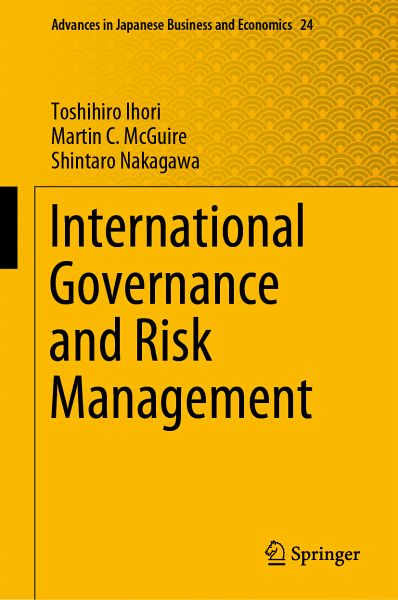
International Governance and Risk Management (eBook, PDF)
Versandkostenfrei!
Sofort per Download lieferbar
72,95 €
inkl. MwSt.
Weitere Ausgaben:

PAYBACK Punkte
36 °P sammeln!
Offers a theoretical foundation to understand both the Japan-United States relations and Japan's national security
Contributes to the theory of international relations and international governance by introducing insights of the economics of insurance
Provides new insights on the individual and collective risk management by countries by distinguishing chance/probability from size of loss
Dieser Download kann aus rechtlichen Gründen nur mit Rechnungsadresse in A, B, BG, CY, CZ, D, DK, EW, E, FIN, F, GR, HR, H, IRL, I, LT, L, LR, M, NL, PL, P, R, S, SLO, SK ausgeliefert werden.












